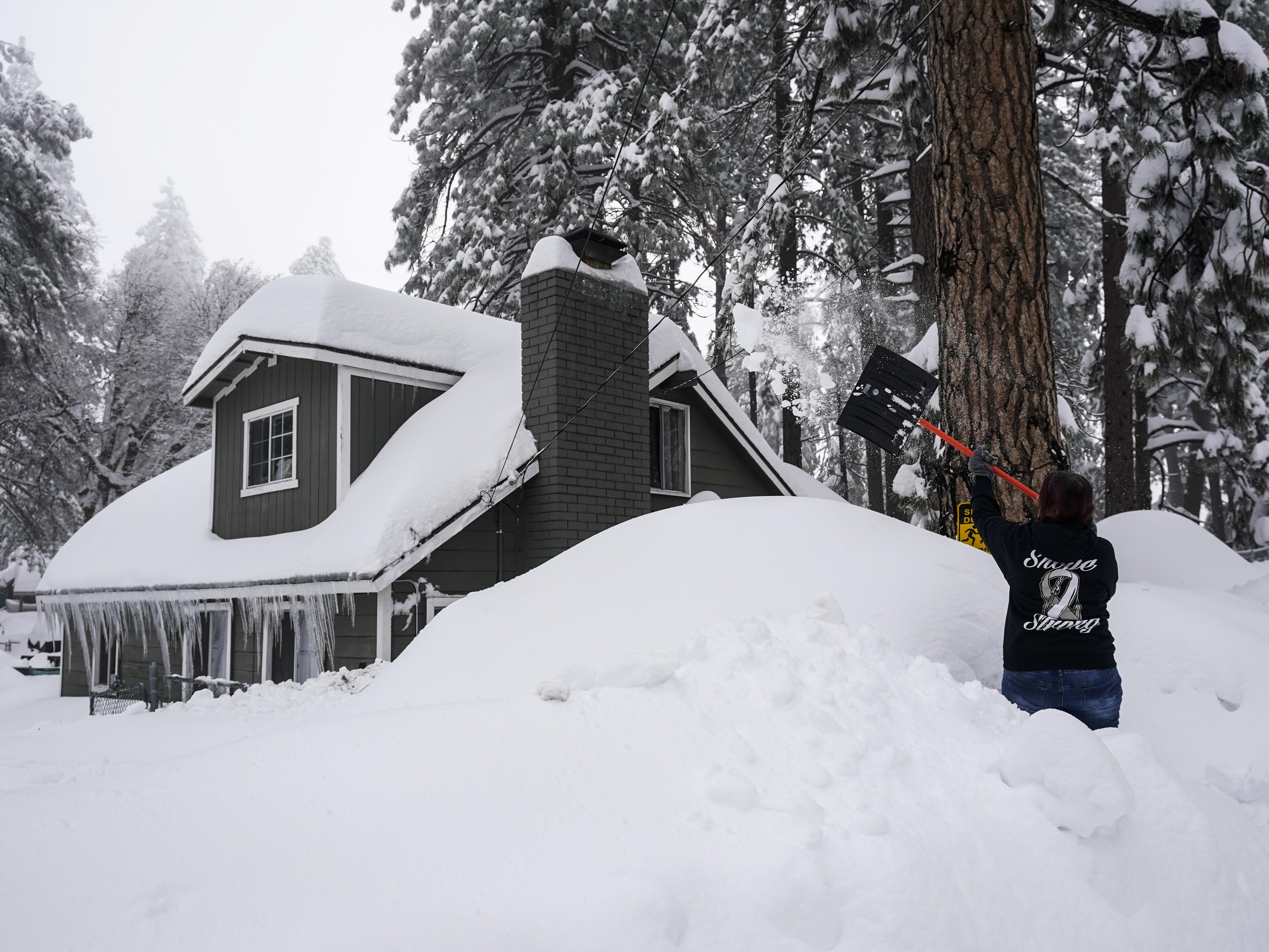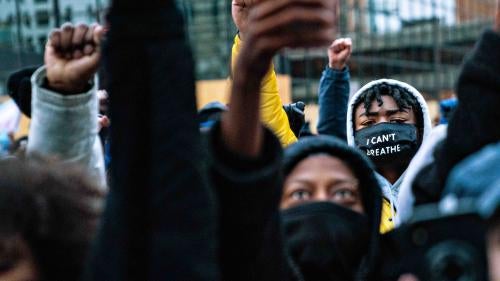Stanford History Education Group provides accurate and concise historical education materials and resources. Their content is expertly curated and designed to improve historical knowledge and critical thinking skills in students.
Introduction (Approximately 120 words): Stanford History Education Group (SHEG) is renowned for its commitment to enhancing historical education through the development of accurate and concise materials and resources. With a focus on improving critical thinking skills and historical knowledge in students, SHEG’s expertly curated content serves as a valuable asset to educators and learners alike.
By addressing the challenges presented by misinformation and historical misconceptions, SHEG empowers individuals to approach historical analysis with accuracy and nuance. Through their innovative approach to teaching, SHEG seeks to foster a deeper understanding of the past and contribute to the development of informed and engaged citizens. With a wealth of educational tools and resources at their disposal, educators can leverage SHEG’s expertise to cultivate historical thinking skills in students, equipping them for a world where historical interpretation is crucial.
The Importance Of Historical Analysis
The Stanford History Education Group emphasizes the significance of historical analysis. By analyzing primary sources, we can uncover hidden historical narratives. Additionally, historical analysis helps in the development of critical thinking skills. It allows us to question the past and engage in a deeper understanding of historical events.
History is not merely a collection of facts, but a story waiting to be unraveled. Through examining primary sources and critically analyzing historical events and perspectives, we can gain a more comprehensive understanding of the past. The ability to think critically about historical sources enables us to challenge preconceived notions and develop a more nuanced view of history.
Historical analysis matters because it allows us to learn from the past and make informed decisions in the present. By engaging in historical analysis, we can connect the events of the past to our lives today and shape a better future based on lessons learned.
Stanford History Education Group: Pioneers In Historical Analysis
The Stanford History Education Group is widely recognized for its groundbreaking work in historical analysis. This group aims to promote effective teaching methods and advance the understanding of history. In their research and studies, they delve into the origins and mission of the group, exploring various aspects such as the development of historical thinking skills and the importance of evidence-based reasoning.
Their work has revolutionized history education, providing educators with valuable resources and strategies to engage students in critical thinking and analysis. By focusing on the rigorous examination of historical sources and encouraging students to question and evaluate information, the Stanford History Education Group has made significant contributions to the field.
Its impact reverberates in classrooms across the globe, empowering students to become skilled historians and informed citizens.
Strategies For Teaching Historical Analysis
Strategies for teaching historical analysis can be enhanced by incorporating historical inquiry into the curriculum. In order to do this, educators can utilize the SHEG framework, a valuable tool for analyzing historical sources. By engaging students in evidence-based historical arguments, teachers can encourage critical thinking and develop their analytical skills.
It is important to provide opportunities for students to actively engage with primary sources and consider different perspectives. Moreover, guiding students to ask open-ended questions and encouraging them to evaluate evidence will foster a deeper understanding of historical events. By implementing these strategies, educators can empower students to become skilled historians who can critically analyze and interpret historical sources.
Through the incorporation of historical inquiry into the curriculum, students will gain valuable skills that they can apply in various academic and real-world contexts.

Credit: www.capradio.org
Leveraging Technology For Historical Analysis
Leveraging technology efficiently is crucial for historical analysis. Digital tools and resources provide invaluable assistance in this field. Through online simulations and interactive platforms, students can grasp historical concepts better. These resources also enhance engagement and improve learning outcomes. By incorporating technology, educators open new avenues for exploring history, making it more engaging and accessible.
Students can visualize the past through interactive experiences, deepening their understanding. This approach fosters critical thinking and analytical skills, equipping learners for historical analysis in the digital age. Leveraging technology ensures that students have the tools necessary to analyze and interpret historical events effectively.
By embracing these digital advancements, educators empower students to uncover historical truths and develop a deeper appreciation for the past.
Impact Of Historical Analysis On Critical Thinking
Historical analysis has a profound impact on critical thinking skills. It helps in developing empathy and perspective-taking abilities. By studying history, we can understand and relate to different perspectives. These skills are not only valuable in academic settings but also in various aspects of life.
Critical thinking enables us to analyze situations, make informed decisions, and solve problems effectively. It allows us to think independently and critically evaluate information. By practicing and honing these skills through historical analysis, individuals can enhance their cognitive abilities and become better decision-makers.
Incorporating historical analysis into education cultivates skills that are essential for personal growth and success in the professional world.
Overcoming Challenges In Historical Analysis Instruction
Overcoming challenges in historical analysis instruction requires addressing biases and misconceptions present in historical narratives. Strategies for dealing with controversial and sensitive topics should be implemented, empowering students to navigate complex historical perspectives. By fostering critical thinking skills, students can evaluate multiple viewpoints and develop a well-rounded understanding of historical events.
Encouraging open discussions and providing resources that offer diverse viewpoints will help students challenge their own beliefs and construct more nuanced interpretations. Teachers should also create a safe and inclusive learning environment, where all perspectives are respected and valued. Ultimately, by equipping students with the tools to critically analyze historical information, we can foster a diverse and enriched understanding of the past.
Collaborative Approaches To Historical Analysis
Engaging students in collaborative projects and research fosters a vibrant community of inquiry. By utilizing group work and discussions, students can analyze historical sources effectively. This approach allows for a deeper understanding of historical events and encourages critical thinking skills.
Students learn from each other’s perspectives and experiences, expanding their overall understanding of the subject matter. Collaborative approaches to historical analysis provide a dynamic learning environment, where students can actively engage with primary and secondary sources, share insights, and develop their own interpretations.
Through these collaborative endeavors, students develop valuable research skills and enhance their ability to critically evaluate historical evidence. By embracing a community-based approach, educators can create a stimulating learning environment that fosters curiosity, intellectual growth, and a lifelong appreciation for history.
Assessing Historical Analysis Skills
Designing assessments to evaluate historical analysis skills requires careful consideration of effective methods. Authentic assessments should be designed to measure critical thinking abilities, avoiding limitations and challenges commonly faced. These assessments should focus on measuring students’ ability to analyze historical events in a thoughtful and meaningful way.
By using a variety of assessment tools, educators can ensure that they are capturing a comprehensive view of students’ historical analysis skills. These tools may include essay questions that require students to analyze primary and secondary sources, as well as performance-based assessments that evaluate students’ ability to apply their knowledge in real-world situations.
By implementing these assessment strategies, educators can gain valuable insights into students’ historical analysis skills and make informed decisions to enhance their learning experience.
Promoting Historical Analysis For A Better Future
Promoting historical analysis plays a pivotal role in shaping informed citizens for a better future. By advocating for historical literacy in education systems, we aim to inspire students to become active participants in shaping history. It is crucial to understand the importance of analyzing historical events and the impact they have on society.
Through this analysis, students can develop critical thinking skills, cultivate empathy, and gain a deeper understanding of the complexities of the human experience. By integrating historical analysis into education, we empower individuals to make informed decisions, challenge prevailing narratives, and contribute to a more just and equitable world.
Together, we can ensure that historical knowledge and analysis remain at the forefront of education, fostering a generation of engaged and knowledgeable citizens.
Conclusion
The Stanford History Education Group is revolutionizing the way history is taught. By utilizing innovative techniques and technologies, they are empowering students to think critically and explore complex historical concepts. Their free online lessons and assessments have proven to be highly effective in improving historical thinking skills.
The group’s commitment to rigorous research ensures the highest quality educational resources and materials are accessible to educators and students. With a focus on developing historical reasoning and sourcing skills, the Stanford History Education Group is equipping students with the tools they need to become informed and engaged citizens.
By championing historical understanding and critical thinking, the group is making a significant impact on history education and preparing students for the challenges of an increasingly complex world. As educators and students continue to utilize the Stanford History Education Group’s resources, the future of history education looks bright.





